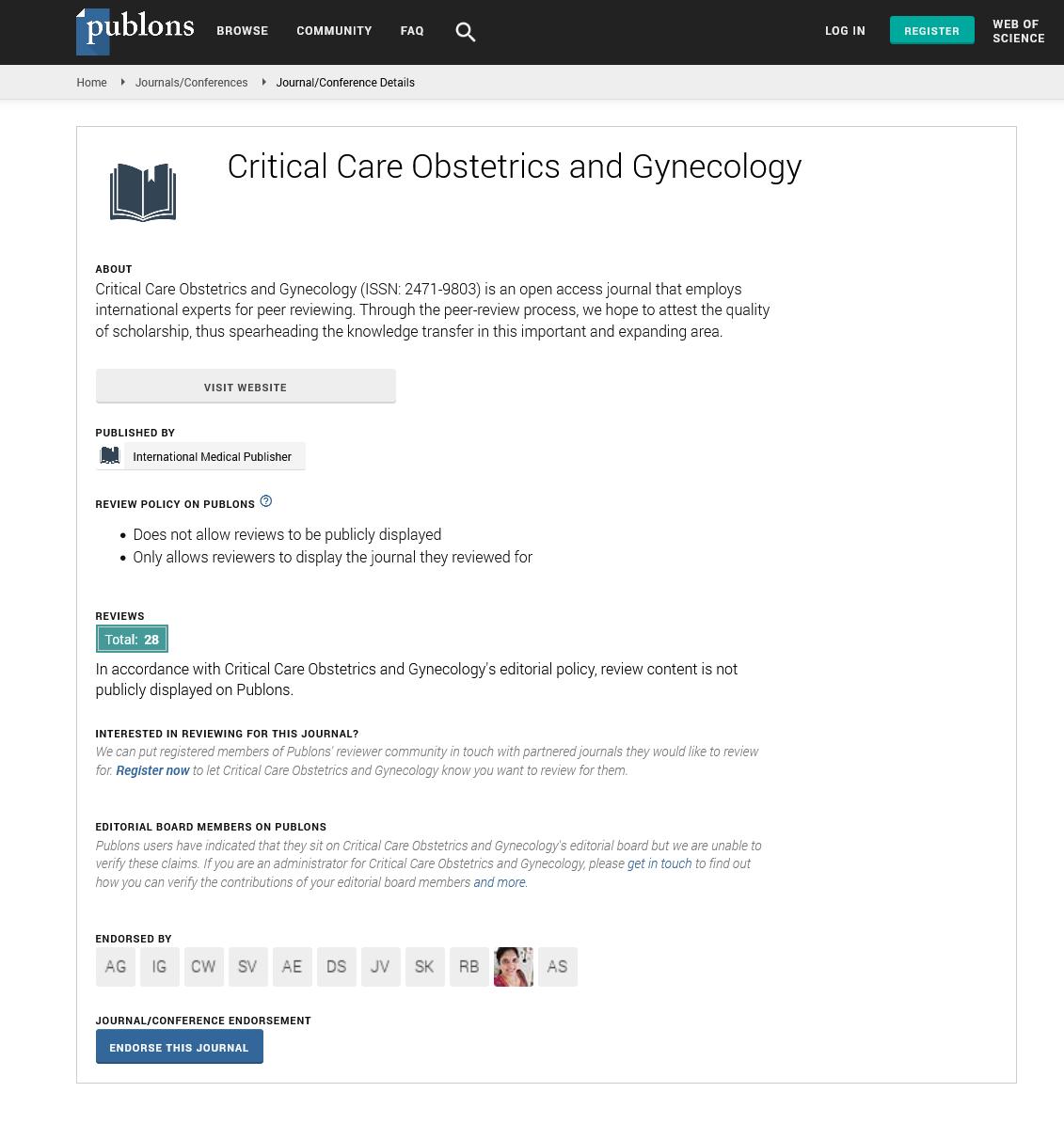Abstract
Intrapartum Maternal Haemoglobin: A Predictor of Fetal Distress, Mode of Delivery, and Short-Term Neonatal Outcome in a Tertiary Care Hospital
Background: During pregnancy, the fetal stores for any nutrient are dependent on the maternal’s status for that nutrient. Maternal anaemia is associated with adverse birth outcomes along with maternal morbidity and mortality respectively. Similarly, elevated Hb levels may lead to diminished fetal and placental nutrient and oxygen supply resulting subsequently in fetal, placental, and maternal complications.
Objective: To explore (a) the relationship between event of fetal distress during term labour and intrapartum maternal haemoglobin level; (b) the relationship between mode of delivery, the reason for instrumental delivery and short-term neonatal outcome with maternal haemoglobin; and (c) Identify the factors influencing maternal haemoglobin level during the intrapartum period.
Results: Data of 7173 patients were analysed. Intrapartum Hb did not contribute to the prediction of the likelihood of fetal distress, IVD for non-progressive labour, CS for fetal condition, 5-min Apgar score <7, and pHa ≤ 7.05. However, there was a unique statistically significant contribution of Hb to the prediction of the likelihood of IVD for any reason and IVD for fetal distress and CS for any reason and CS for non-progressive labour. IVD for fetal distress was related to a higher intrapartum Hb level, whereas CS for non-progressive labour was related to a lower intrapartum Hb level. Factors identified to influence the intrapartum Hb level were maternal age, ethnicity, parity, fetal sex, and birth weight.
Conclusion: The risk of fetal distress and the adverse neonatal outcome is not correlated to intrapartum Hb levels. However, on the other hand, our data suggest that intrapartum Hb is a detrimental factor for a mode of delivery.
Keywords: Maternal haemoglobin; Fetal distress; Instrumental delivery; Neonatal outcome; Obstetric labour
Author(s):
Neha Garg*
Abstract | Full-Text | PDF
Share this

Google scholar citation report
Citations : 148
Critical Care Obstetrics and Gynecology received 148 citations as per google scholar report
Critical Care Obstetrics and Gynecology peer review process verified at publons
Abstracted/Indexed in
- Google Scholar
- China National Knowledge Infrastructure (CNKI)
- WorldCat
- Publons
- Geneva Foundation for Medical Education and Research
- Secret Search Engine Labs
Open Access Journals
- Aquaculture & Veterinary Science
- Chemistry & Chemical Sciences
- Clinical Sciences
- Engineering
- General Science
- Genetics & Molecular Biology
- Health Care & Nursing
- Immunology & Microbiology
- Materials Science
- Mathematics & Physics
- Medical Sciences
- Neurology & Psychiatry
- Oncology & Cancer Science
- Pharmaceutical Sciences


